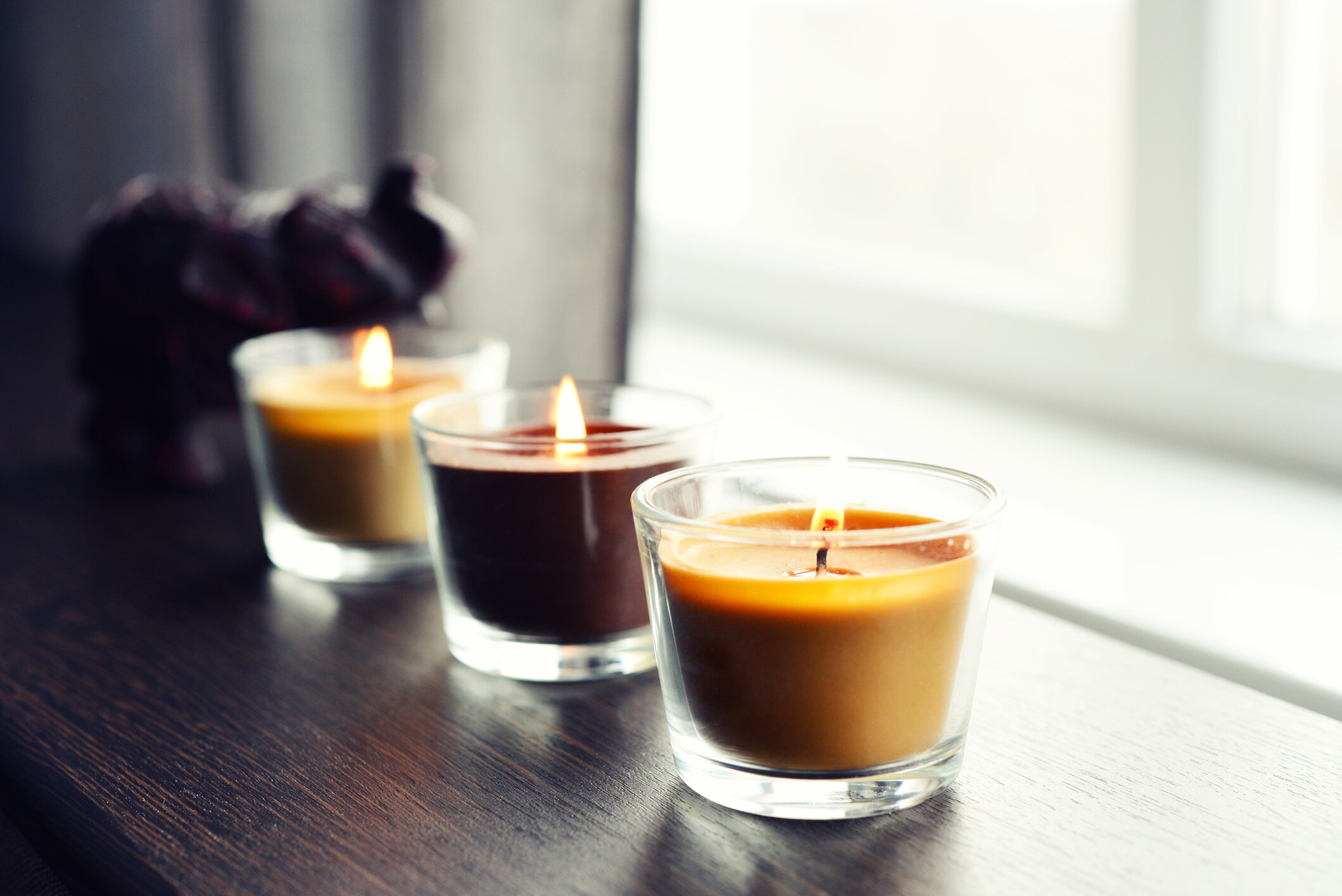There's nothing worse than a house that smells like smoke. It doesn't just come from smoking, either. Maybe you burned something while cooking. Maybe you just lit a few candles. Whatever the reason, here are a few ways to get the smoke smell out of your home.
Immediate Solutions
Say the smoke smell came from something fairly recent. Maybe your kitchen isn't well ventilated, or you lit a fire in the fireplace while the flue was closed. Getting rid of the lingering smoke isn't too difficult. Open a window, turn on a fan in the area where the smoke is, and wait.
You could try to use your HVAC system to filter the smoke out, but it might not be as effective as you'd like. To remove smoke from the air, you'd need a high-efficiency air filter, which won't fit in a regular HVAC system without damaging it. There are, however, certain special air filters designed to fit your HVAC unit, which claim to be able to remove smoke. Or, you could invest in a dedicated air purifier for your home that uses high-efficiency particulate air (HEPA) filters.
Long-Term Solutions
If the smoke smell has been building up in your home for years, such as from someone smoking, then you'll need to take more drastic measures. First, air out your home completely. Use your dedicated air purifier with HEPA filter, if you have it. Next, clean the carpets, drapes, and furniture. You can do it yourself, but if you want to be thorough, you're better off calling a professional.
Have your HVAC contractor examine your evaporator coil, as smoke can accumulate there. Finally, clean your ducts. This is another place where smoke residue can build up over time. As air flows through both the evaporator and your ductwork, it can then pick up that smoke residue and bring the smell right back into your home. Have them both thoroughly cleaned so your house can be smoke free.
For more tips on improving ventilation in your home, contact us at Air Assurance today. We provide the best home comfort solutions in Broken Arrow.





